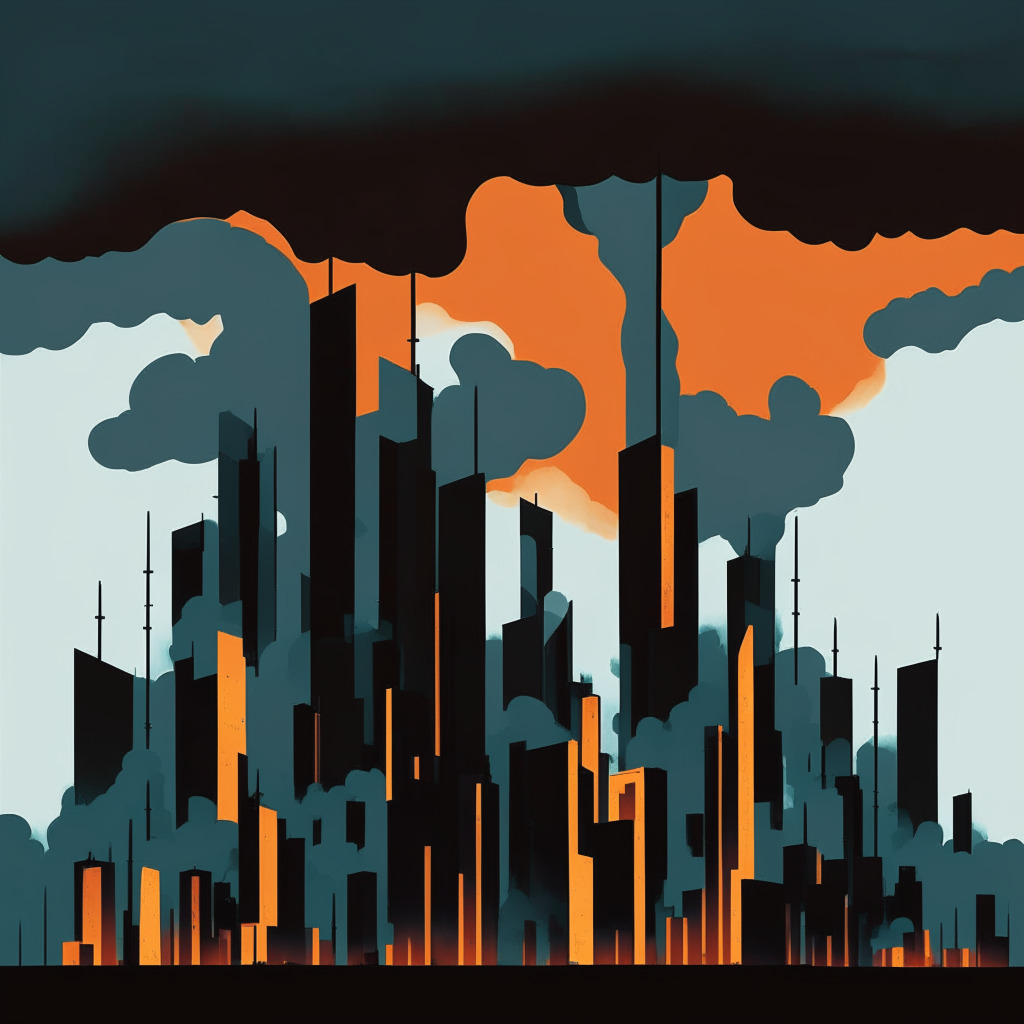As of recent, the U.S. Department of Labor announced a 0.6% climb in the consumer price index (CPI) in August. This marks the largest growth in inflation for the US that has been observed in 2021. Surpassing some economic forecasters’ predictions, prices have seen an elevation of up to 3.7% as compared with August of last year. For long-term inflation trends, the core CPI, which excludes food and energy prices, has seen a rise of 0.3% for the month and 4.3% year-over-year. There has been a notable influence from energy prices, food prices, and housing costs.
The energy sector served a critical role with an increase of 5.6% in August, driven by a significant surge of 10.6% in gasoline prices. While food prices slightly went up by 0.2%, the most significant climb came from housing costs, covering approximately one third of the CPI’s weighting, with a 0.3% rise. The rising housing costs, in particular, have sparked a widespread conversation.
According to Lisa Sturtevant, the chief economist at Bright MLS, the absence of housing costs would decrease the annual inflation down to around 1%, remarking the considerable role of housing costs to the inflation rate. Despite the slowdown and national drop of rent growth in August, it takes a few months until this trend can influence the CPI measures. After the inflation report’s publication, there was an initial dip in stock market futures which later recovered, and treasury yields experienced an increase.
Whispers from Federal Reserve officials hint at a brewing long-term strategy to tackle the inflation issue. A 5.25 percentage points increase since March 2022 in their benchmark borrowing rate has been deployed as a countermeasure to inflation, reaching a high unseen in over four decades last summer. Forward steps will demand a more balanced and cautious stance concerning prospective rate hikes.
Forecasts regarding Federal Reserve’s future actions are fluctuating with approximately a 40% chance for another rate hike in November, according to data from CME Group. This latest data offers an inclusive picture of the state of the economy regarding inflation, with mixed market reactions and significant sector shifts from energy to housing. Federal Reserve officials and market analysts will persistently focus on these changes in the context of contemplating future policy actions. The complexity added by fluctuations in industries like housing and transportation services to the inflation discussion sets up the forthcoming months as key for discerning long-term economic trends.
Source: Cryptonews




